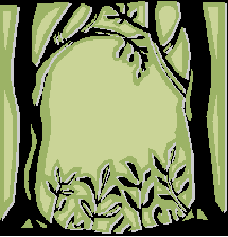



|
Description: A comparison was made between agroforestry systems and an area in fallow (Capoeira) to identify vegetational and edaphic effects of an agroforestry system managed through natural succession (SAF) in the Rainforest Region South of Bahia, Brazil. The SAF agroforestry system was tested as a strategy for degraded soil recovery and as a sustainable production system with the potential of replacing present agricultural patterns. The main practices used in SAF implementation and management are: high biodiversity, high density, natural regeneration as part of the system, and selective cutting and pruning. Productive and biodiverse agroforestry systems can repair degraded soil, improving both soil fertility and biodiversity. Lessons learned: It is very important to consider the structure of local natural ecosystems in designing agroforestry systems, and to choose species adapted to local conditions. Observations on indicator species help in understanding the phases of succession and in determining which associations are better for agroforestry. Plantings must be very biodiverse and dense, and management must respect the order of each species in succession and the ecophysiological necessity of each one. Then, selective cutting and pruning practices can be applied, based on natural processes like pests and disease, or branches broken by the wind, respecting ecosystem stratification and the dominant association. The SAF agroforestry system improved soil fertility by tapping nutrients deep within the soil profile and by increasing the activity of soil biota. The use of natural succession-based management practices makes agroforestry systems dynamic and promotes nutrient cycling, contributing to maintenance of ecosystem health. |

1. |
|
Home
|
Index
|
Preservation
|
|
Goals
|
Characterization |
Time plan |
|
FAQ's |
Monitoring |
Members |
|
Presentation |
Minutes |
Introduction
|